My first view of Ronda was a row of cliffside houses.
They teetered on the very edge of a sheer drop, as if there was nothing to prevent these small white buildings from falling into the canyon 120 metres below.
In the early hours of a crisp January morning, we stood at a viewpoint on the opposite side and stared across the canyon. Gusts of wind rushed up the vertical crags to whip themselves through my hair. I felt invigorated and excited to explore this small Spanish city – particularly because I’d never heard of it before.
Anyone who knows me can attest to my obsession with Spain. Walking 400 km of the Camino de Santiago made me fall in love with the Spanish way of life, and I’m always keen to see more of the country – so when Jet2 invited me to the Costa del Sol to experience places like Malaga, Caminito del Rey and Ronda, I jumped at the chance.
Known as one of the oldest towns in Spain, Ronda is part of the Andalucia region in the south of the country, close to the Malaga coastline. The whole province of Malaga is dotted with little whitewashed towns sitting along the hillsides – but Ronda is one of the most beautiful.
It’s also one of the most dramatic.
Ronda’s infamous ‘Puente Nuevo’ – the ‘New Bridge’, despite being built in the eighteenth century – has been attracting tourists for years. It stretches across the El Tajo gorge, connecting the old and new parts of town together, and is a perfect spot to gaze at the almost alarming number of houses, hotels, bars and restaurants built into the sides of the canyon.
So in today’s Instagram age, you’d be expected to think that the bridge was the main reason people come to visit this city, right?
Actually, the most dramatic part of Ronda is just around the corner.
A history of bullfighting in Ronda
As our guide directed us towards the ‘Plaza de Toros’ bullfighting ring, my internal alarm bells started ringing. I may as well have had ‘ethical dilemma!’ emblazoned across my forehead.
I’ve never been to a bullfight, and have zero desire to ever witness one. Despite usually being willing to hear both sides of a contested story, the idea of watching the goring and eventual death of a bull at the hands of a bullfighter and to the roar of a cheering crowd is not my cup of tea.
While I grumbled internally, our group walked through an archway and stepped onto a vast circular expanse of sand. Hundreds of seats and arches surrounded us in a regulated pattern. At my feet were hoofmarks from two departing horses, who had trotted obediently through the wooden gates while flicking their manes at invisible flies.
It felt bizarre to be standing inside one of Spain’s oldest bullrings. Built entirely from stone in 1785, Ronda’s Plaza de Toros can seat 5,000 people and is also where the ‘modern’ school of bullfighting originated: on foot, rather than on horseback.
“In Spain nowadays there are around four hundred bull fighters,” our guide told us, “and twenty or thirty matadores are at the top level.” Like rockstars or celebrities, these fighters are scrutinised by the media and earn approximately 100,000 Euros per show for fifty shows a year.
Because Ronda only holds a few bullfights each September at the annual Feria Goyesca, the bullring is mainly used as a riding school and for tourists to visit. Today the arches were empty and quiet: there was an absence of adrenaline pumping through the stadium, and no leaden sense of death hung in the air.
Yet this building was constructed specifically for that type of atmosphere, and the uneasy silence was deafening. I couldn’t help imagining those horses with fire in their eyes, spittle flying from their mouths as they cantered past a furious baited bull.
Although Spain’s economical reasons for continuing the bullfights are clear – organisers rent the ring, pay for bulls and sell tickets for huge profit – the practice is nonetheless still losing popularity in Spain.
Thirty or forty years ago, many people didn’t have such fervent opposition to animal cruelty, whereas nowadays the younger generations aren’t attending bullfights. Some of Spain’s political parties are also expending a lot of energy to end the practice: in 2010 the province of Catalonia banned bullfighting, but recently the ban was overturned by Spanish courts claiming the tradition has too much cultural and historic value.
Spain’s current King Felipe VI has stayed diplomatically silent on the topic of bullfighting and doesn’t attend any fights, but his father King Juan Carlos was a vocal supporter of the ‘sport’. In a silent arena, I looked up at the Royal Box — the only part of the ring to feature any decorations — and imagined past generations looking to their country’s ruler for his reaction to the deathly spectacle in front of them.
Ronda’s reputation in the literary world
Outside the bullring, we stopped at a long stretch of paving stones with three faces etched into their surfaces: Pedro Romero, Ronda’s legendary bullfighter, along with his father and grandfather. Three generations of a Rondeño matador dynasty.
Beside the paving stones were two bronze busts: one of Ernest Hemingway, and the other of Orson Welles. Both these American celebrities held great fondness for Ronda. Hemingway’s long-standing passion for Spanish bullfights parlayed into a friendship with the biggest superstar matador of the time, Antonio Ordóñez, and its rumoured that Hemingway even used Ronda’s history in a brutal scene in his novel For Whom the Bell Tolls, when villagers are killed by being thrown off a cliff.
Meanwhile, Orson Welles loved Ronda and the bullfighting culture so much that when he died, his ashes were interred by his surviving family at the aforementioned Ordóñez’s house close to the city.
The further we explored the city, the more I understood why Ronda has provided inspiration for many artists over the years.
Along with Hemingway and Welles, the German poet Rilke cracked a serious case of writer’s block here in 1912, and extolled the city’s virtues forever afterward – even coining Ronda’s famed description as the ‘City of Dreams’.
Ronda’s romance stems largely from its literary fame – and there’s no denying that the beauty of Ronda is inspirational. Everywhere I looked the city grew prettier: from red-tiled churches and groups of habit-wearing nuns, to horse-drawn carriages and streets lined with orange trees.
By the time we found a secret viewpoint from the rambling garden balcony of a priest’s retirement home called Casa don Bosco, I was utterly in love.
Coming to terms with negatives and positives in Ronda
When we eventually stopped for lunch at a restaurant opposite Plaza de Toros, our main topic of conversation was focused on the bullring’s violent history. All of us agreed that we didn’t support the idea of bullfights – and yet it was difficult to reconcile Ronda’s bullfighting fame with the city’s romantic atmosphere.
I couldn’t quite believe these two opposing elements paired up to make one whole city.
Part of me didn’t want my dislike for bull fighting to taint my impression of Ronda, so I decided to think about the topic in a different way. My mind conjured up the expression on our guide’s face as he talked about his country’s tradition. I thought of the tiny bullfighting museum just behind Plaza de Toros, featuring beautifully designed posters by different artists for the annual festival.
I remembered the intricate lace detail on the matador outfits, no doubt carefully stitched by an aged Spanish grandmother somewhere. The material now hangs safe behind glass, but some are complete with bloodstains from their once-injured matador owners.
While I still cannot support bull fighting or killing animals for sport, I know that this industry spans generations of history and is a traditional practice I can’t even begin to understand.
What I do know is that I adored my time in Ronda, and I’d love to return to this dreamy city and spend some more time exploring. And I do think it’s possible to enjoy a place like Ronda, separately from its modern day bullfighting reputation — but the city’s dramatic history shouldn’t be ignored either.
Have you ever visited Ronda? What are your thoughts on Spain’s bullfighting culture?
Disclaimer: my time in Ronda was courtesy of the fabulous Jet2Holidays, who thought I’d enjoy exploring this gorgeous city – and they were right!


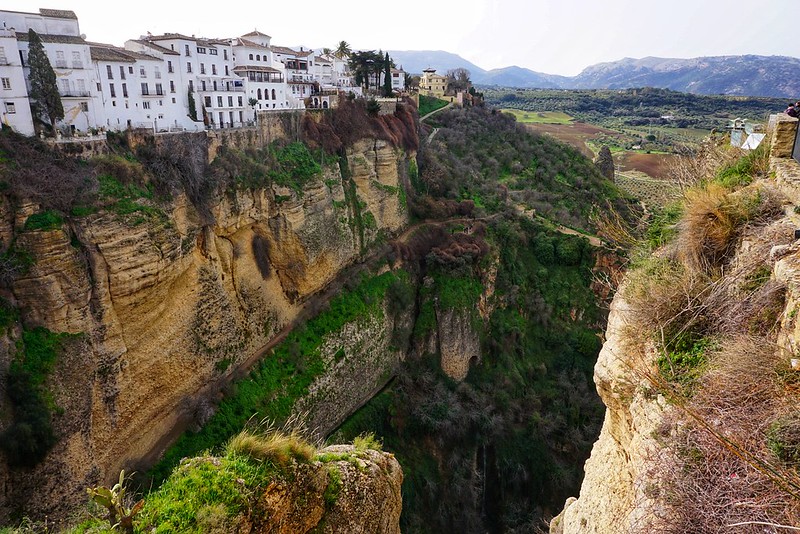
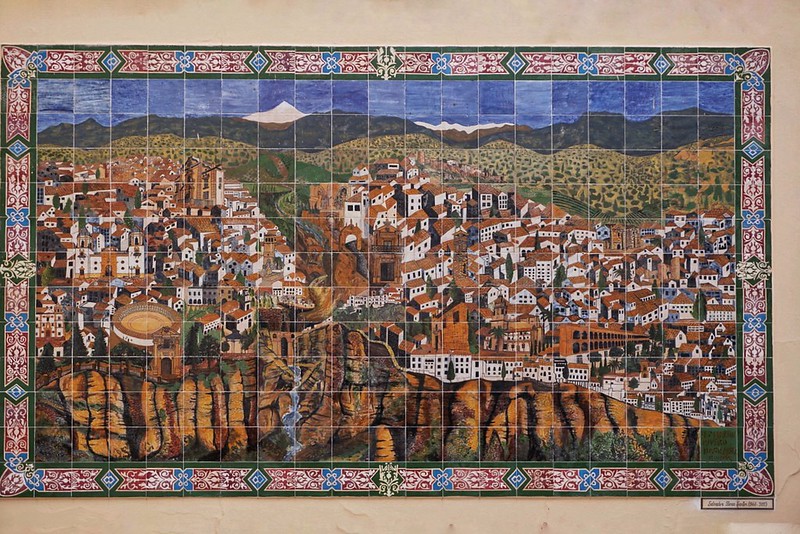
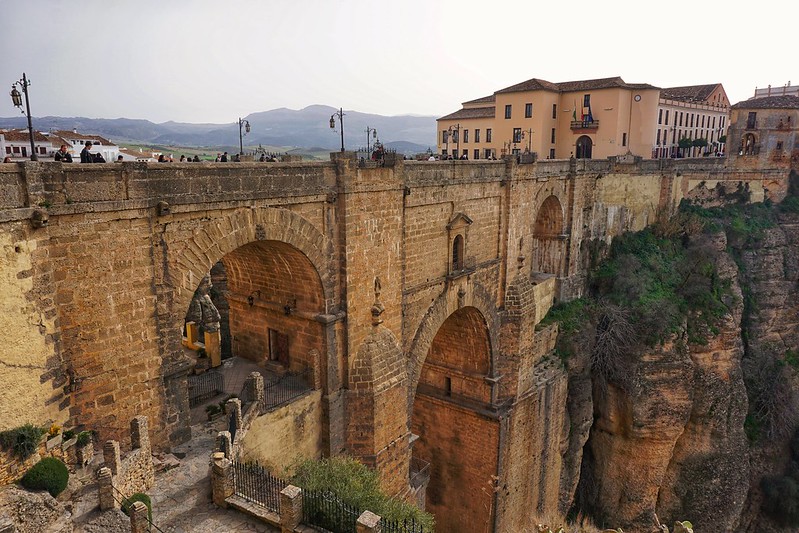
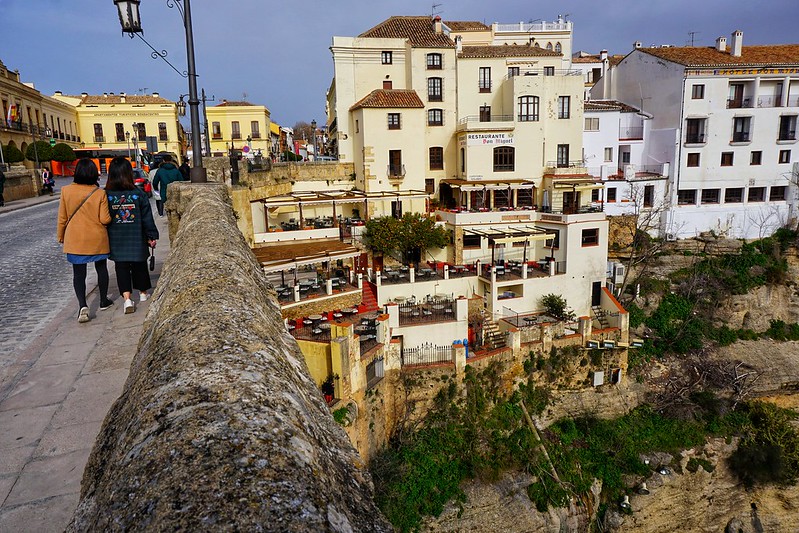
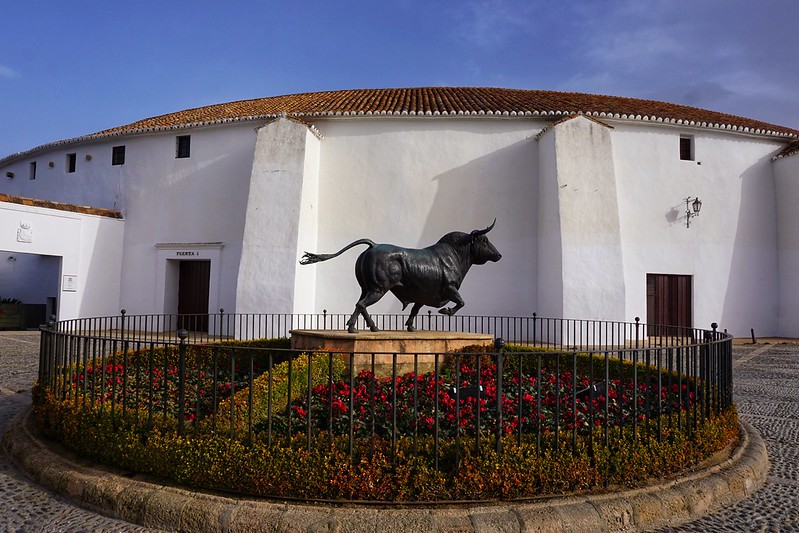
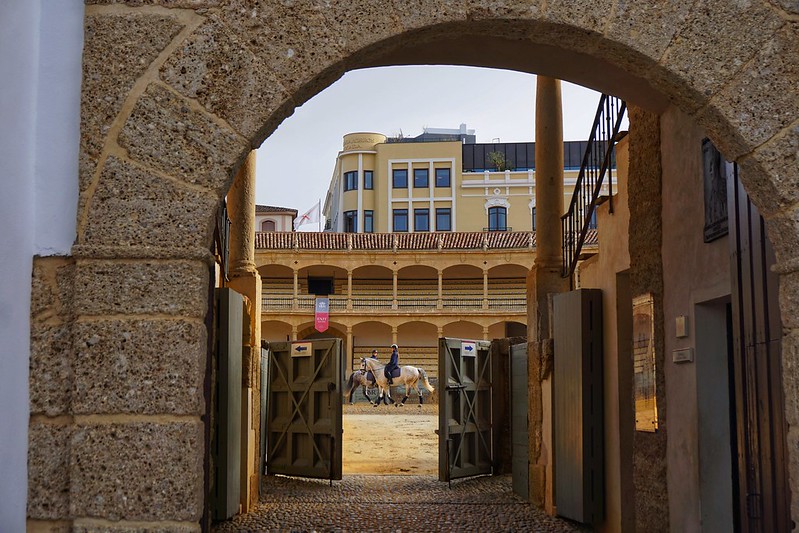
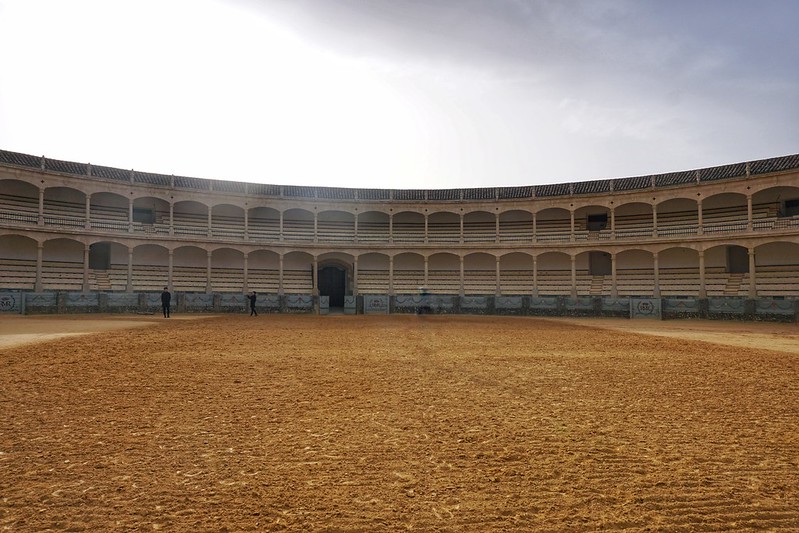

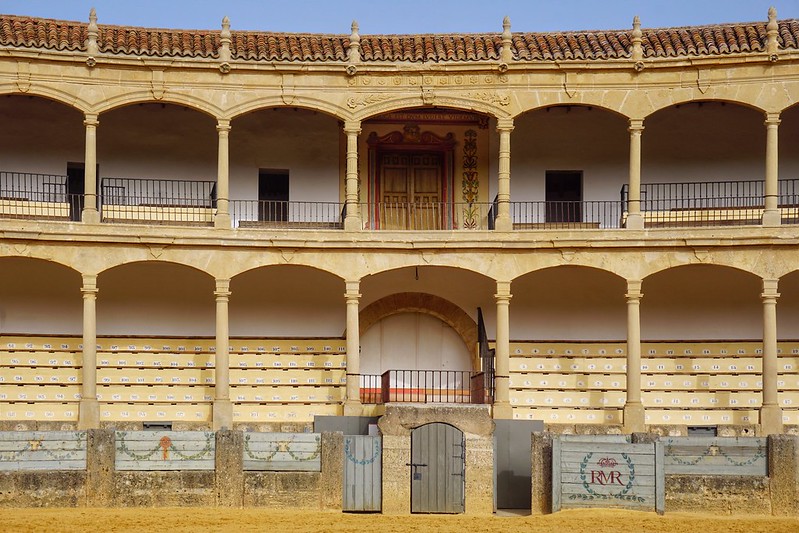
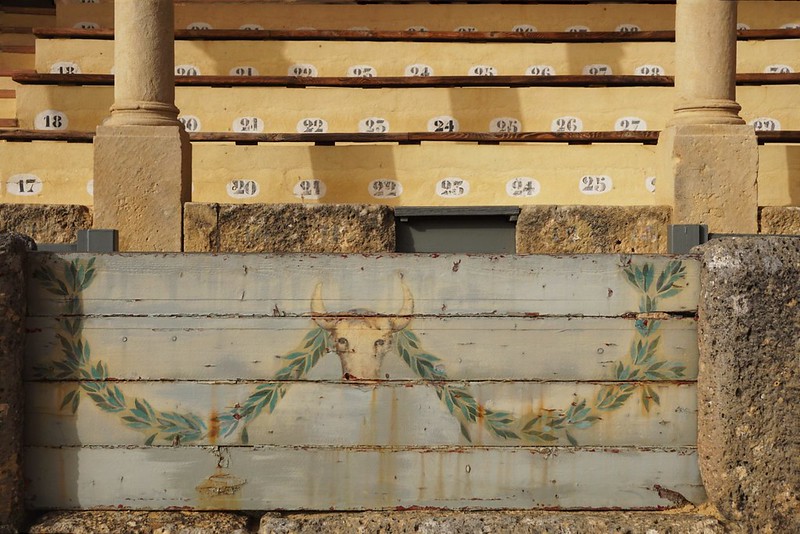
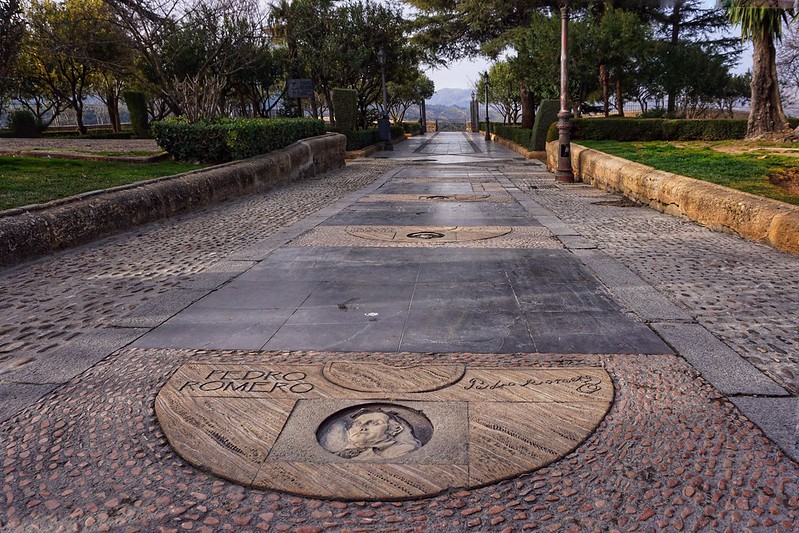
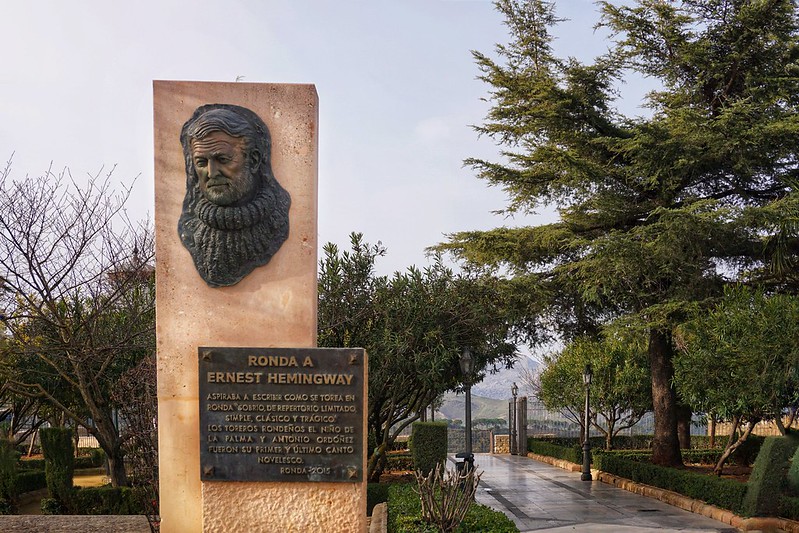
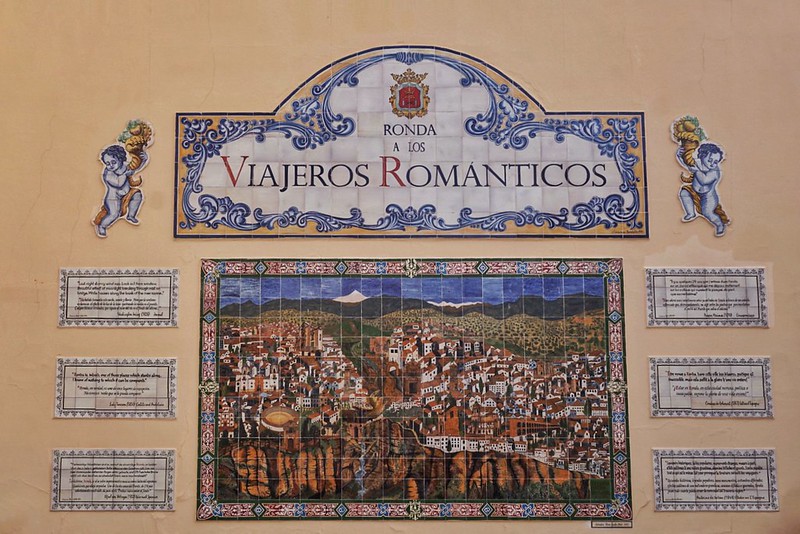

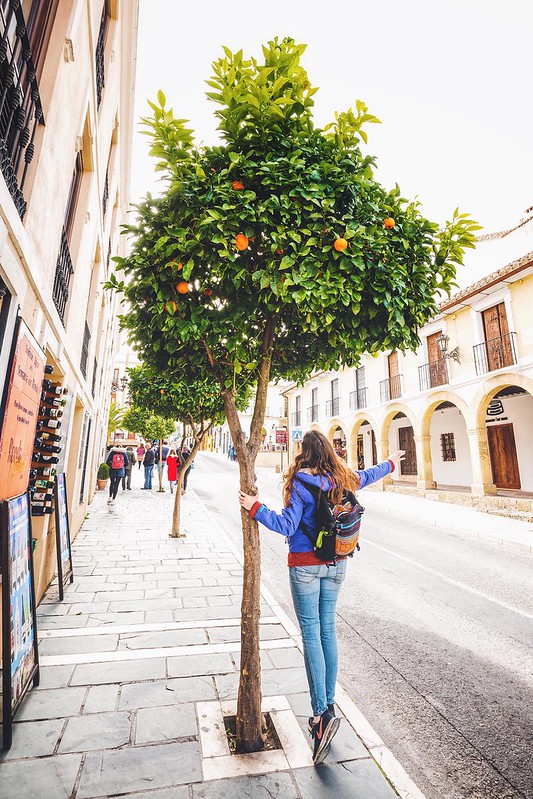
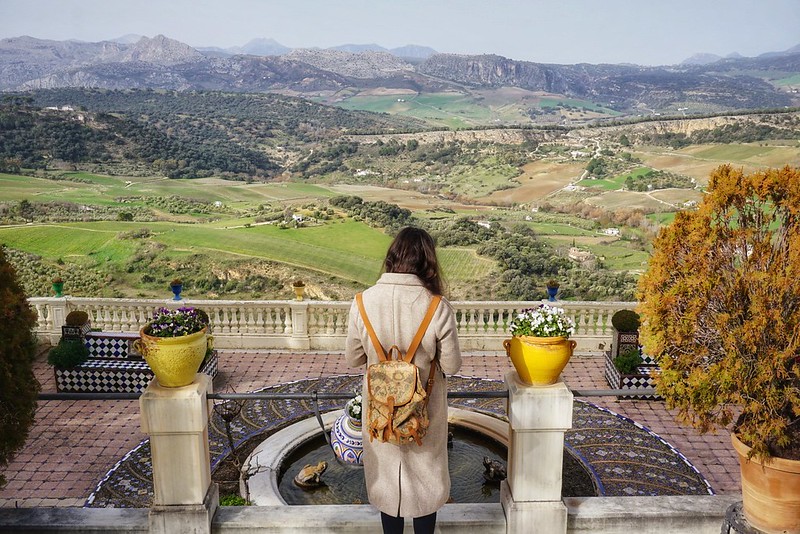
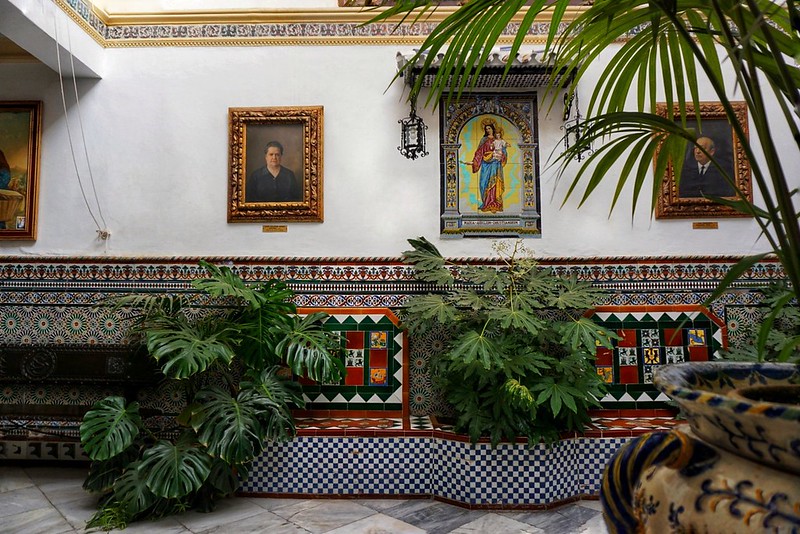
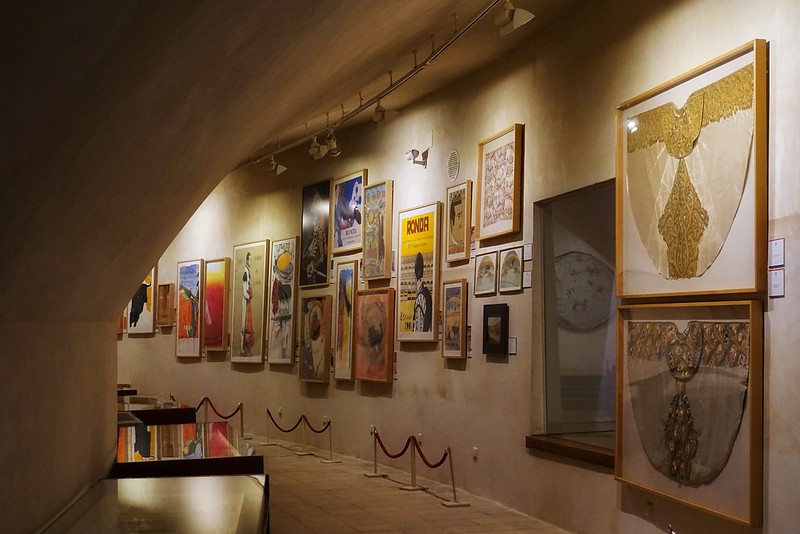
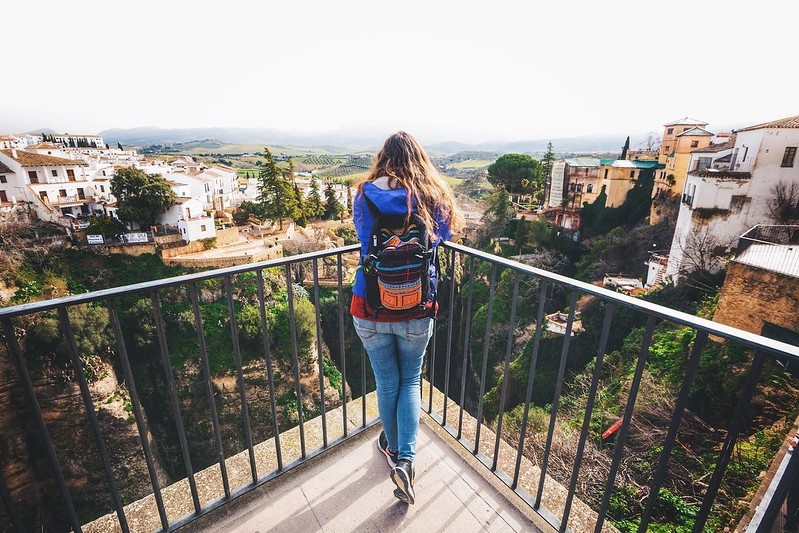
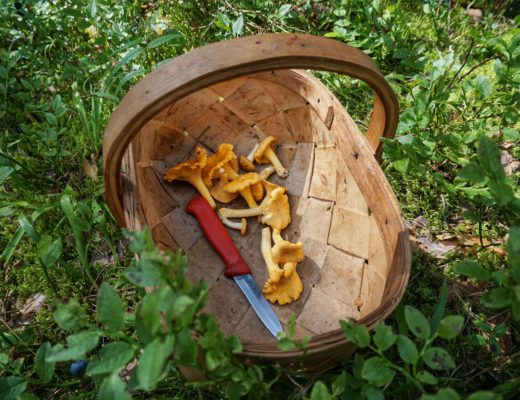

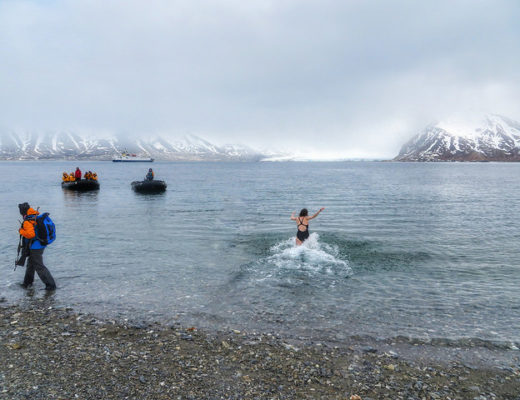
11 Comments
frederick
February 27, 2018 at 10:28 amDear Flora Thank you for your blog and for your words and the photos Ronda looks an amazing place and it was good to read about it I have not been there it looks like you got some wonderful views and all those lovely oranges wonderful .I do not like bullfighting . Warmest Regards Frederick.
Flora
June 27, 2018 at 4:12 pmThanks for reading, Frederick! I don’t like bullfighting either – but I still try to keep an open mind about the reasons why it’s such a part of Spanish history!
Kel
February 27, 2018 at 1:53 pmIt must be hard to emotionally separate such a beautiful place from such a barbaric tradition, and I;m glad you found a way to enjoy your time in Ronda despite your unease with the bullfighting – it really is a beautiful place!
Flora
June 27, 2018 at 4:12 pmI adored the town so much! Might have to make a return visit and spend longer exploring 🙂
thefreckledtourist
February 28, 2018 at 5:58 pmI’m heading to Malaga next week! I was thinking of doing a day trip to Ronda, do you recommend going with a guided tour or just hopping on the train? Your pics look lovely I’m so excited!
Flora
June 27, 2018 at 4:14 pmOhh I’m sorry I missed this comment! I actually drove from Malaga to Ronda so I’m not sure which other ways to recommend you reach the town – but I imagine both would be totally fine! I loved having someone explain Ronda’s history, but I don’t think it’s necessary to enjoy the place for what it is : )
hey@hey.com
March 1, 2018 at 11:19 amHey
kksharma47
March 7, 2018 at 8:35 amWow! Beautiful pictures of Ronda. You shared great information about Spain. You help me a lot to create my bucket list! Thanks.
Flora
June 27, 2018 at 4:14 pmGlad to hear that Ronda’s on your bucket list! It’s definitely worth it 🙂
Reshmaty
July 5, 2018 at 1:16 pmThe pictures look amazing. I too fell in love with the secret viewpoint at Casa don Bosco. Thanks for the post
Raymond Hughes
December 10, 2020 at 5:39 pmGreat images of Ronda. Like you I just loved the place.
Can I have permission to use your Royal Box image in an A.V. on Ronda (Not commercial) My only image is not straight on as I did not realise it was the Royal Box